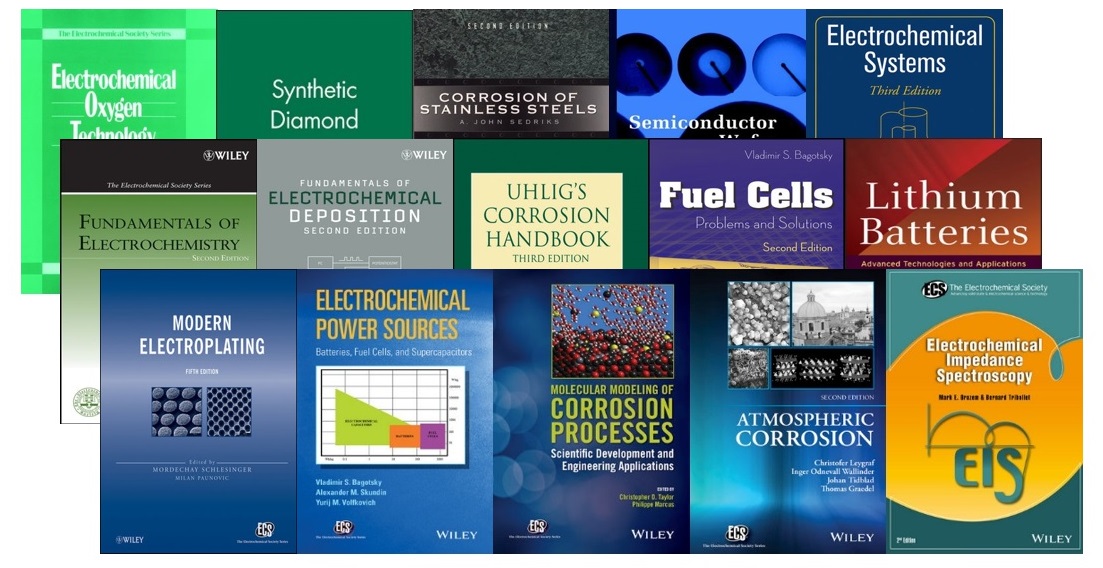ECS shows its vision for the future of academic publishing
 ECS is celebrating International Open Access Week by giving the world a preview of what complete open access to peer-reviewed scientific research will look like. ECS is taking down the paywall October 23-29 to the entire ECS Digital Library, making over 132,000 scientific articles and abstracts free and accessible to everyone.
ECS is celebrating International Open Access Week by giving the world a preview of what complete open access to peer-reviewed scientific research will look like. ECS is taking down the paywall October 23-29 to the entire ECS Digital Library, making over 132,000 scientific articles and abstracts free and accessible to everyone.
This is the third consecutive year ECS will take down its paywalls during Open Access Week, an annual event organized by SPARC, the Scholarly Publishing and Academic Resources Coalition. Eliminating the paywall during Open Access Week allows ECS to give the world a preview of the potential of its Free the Science initiative.
Free the Science is ECS’s move toward a future that embraces open science to further advance research in our field. This is a long-term vision for transformative change in the traditional models of communicating scholarly research. ECS last opened its digital library in April 2017 for the first ever Free the Science Week.
“ECS is working to disseminate scientific research to the broadest possible audience without barriers,” says Mary Yess, ECS chief content officer/publisher. “Through Open Access Week, we’re able to once again highlight a new scholarly publishing model that promotes authors and the science they do.”


 A team of engineers from Monash University have successfully test-fired the world’s first 3D printed rocket engine. By utilizing a unique aerospike design, the team, led by ECS fellow
A team of engineers from Monash University have successfully test-fired the world’s first 3D printed rocket engine. By utilizing a unique aerospike design, the team, led by ECS fellow 
 Big ideas are getting harder and harder to find, and innovations have become increasingly massive and costly endeavors, according to new research.
Big ideas are getting harder and harder to find, and innovations have become increasingly massive and costly endeavors, according to new research.


 A novel compound called 3Q conducts electricity and retains energy better than other organic materials currently used in batteries, researchers report.
A novel compound called 3Q conducts electricity and retains energy better than other organic materials currently used in batteries, researchers report. Want to see Electrochemistry in Action and ride in one of the world’s first commercial fuel cell cars while at the
Want to see Electrochemistry in Action and ride in one of the world’s first commercial fuel cell cars while at the